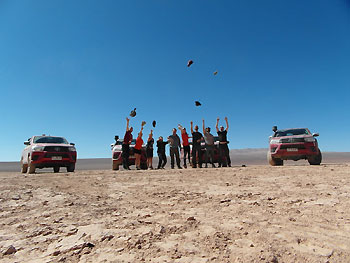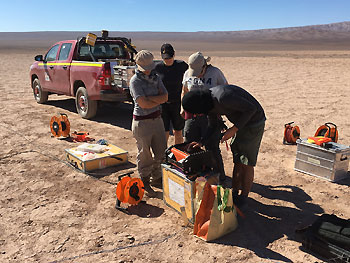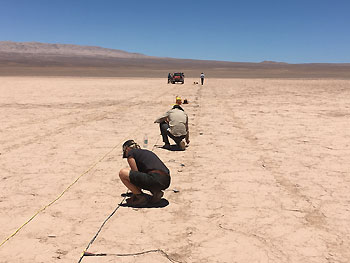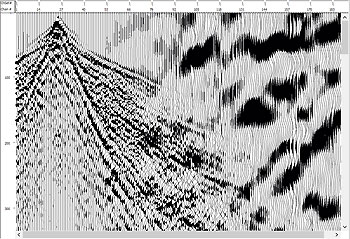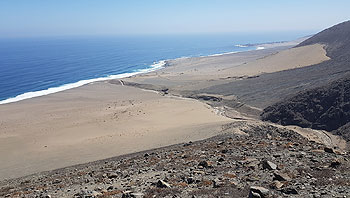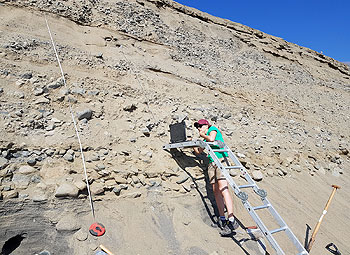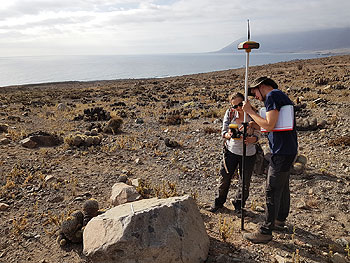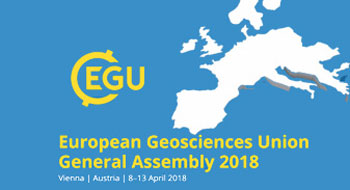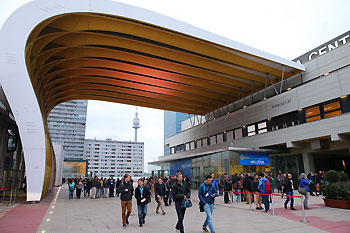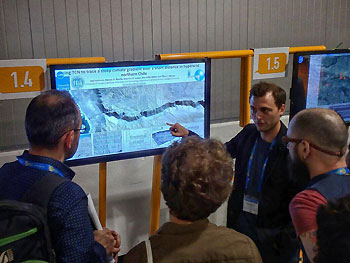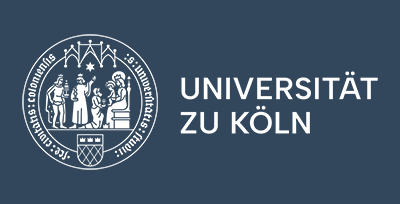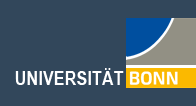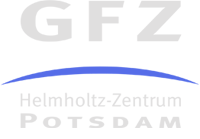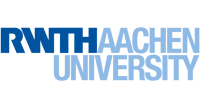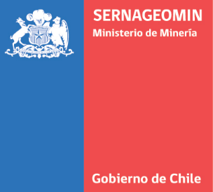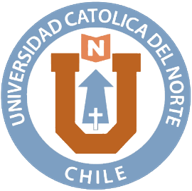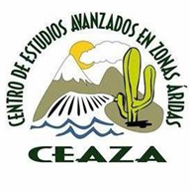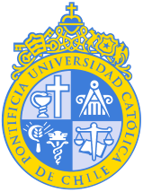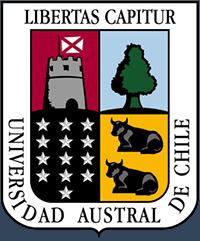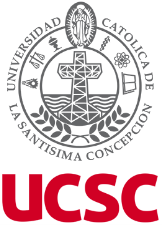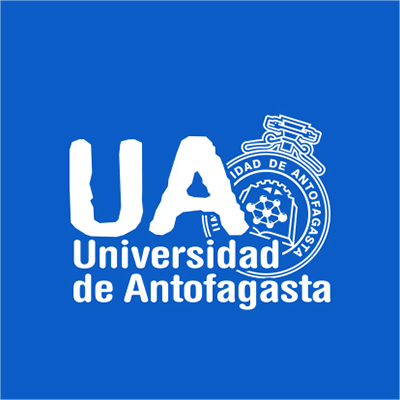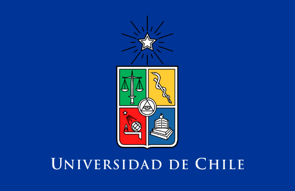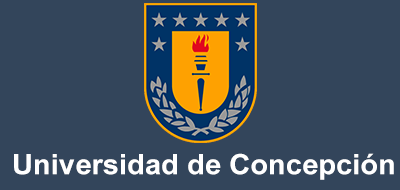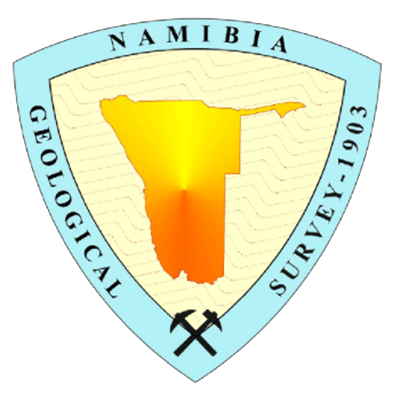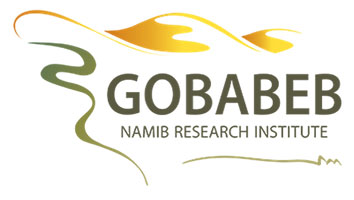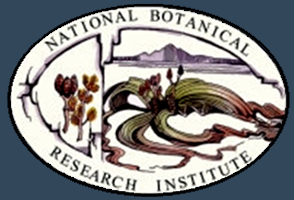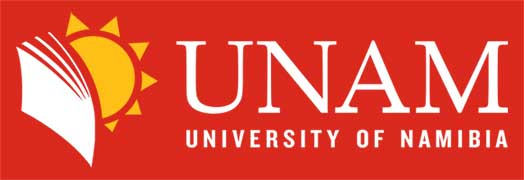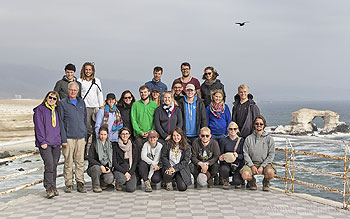
Student excursion to North and Central Chile
In September, we conducted an excursion with 20 geography students from the RWTH Aachen University to northern Chile against the background of our research project C2 within the CRC 1211 "Earth - Evolution at the dry limit". With regards to content, the focus lied on the geomorphological evolution of the different landscapes and the corresponding influencing factors. Additionally, the program was complemented by exciting evidences of Chile's history, the mining with its consequences, the agricultural landuse, and the structure as well as significance of various cities.
We began at the coast of the Atacama, the driest desert on earth. From there, we crossed the central desert and followed a west-east-transect up to the Altiplano within the Andes before we returned across the Salar Grande back to the coast and stroke the path to the south. Among other things, we visited the Very Large Telescope (VLT) of the European Southern Observatory (ESO) between Antofagasta and Taltal. With increasing latitude we crossed the southern margin of the Atacama Desert and reached the semidesert. At La Serena we ascended the Elqui Valley up to the upper limit of the large wine-growing districts. South of La Serena we explored a relictic occurrence of a cloud forest in the Fray Jorge National Park before we entered the Mediterranean around Valparaíso. Eventually, starting in Valparaíso we followed a third transect into the Andes. In Cajón del Maipo we were able to experience high mountain geomorphology and a variety of special geological sites. After 13 exhausting, impressive, and informative days, the excursion ended in Santiago de Chile.
|
|




